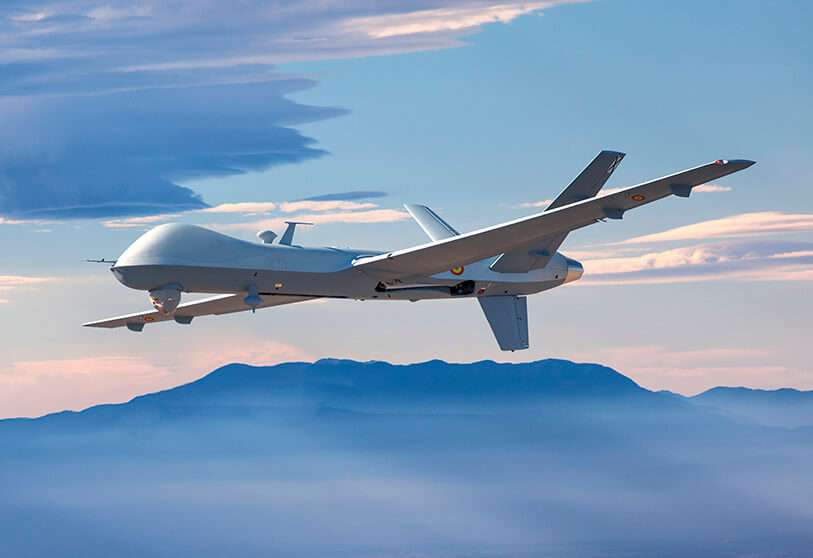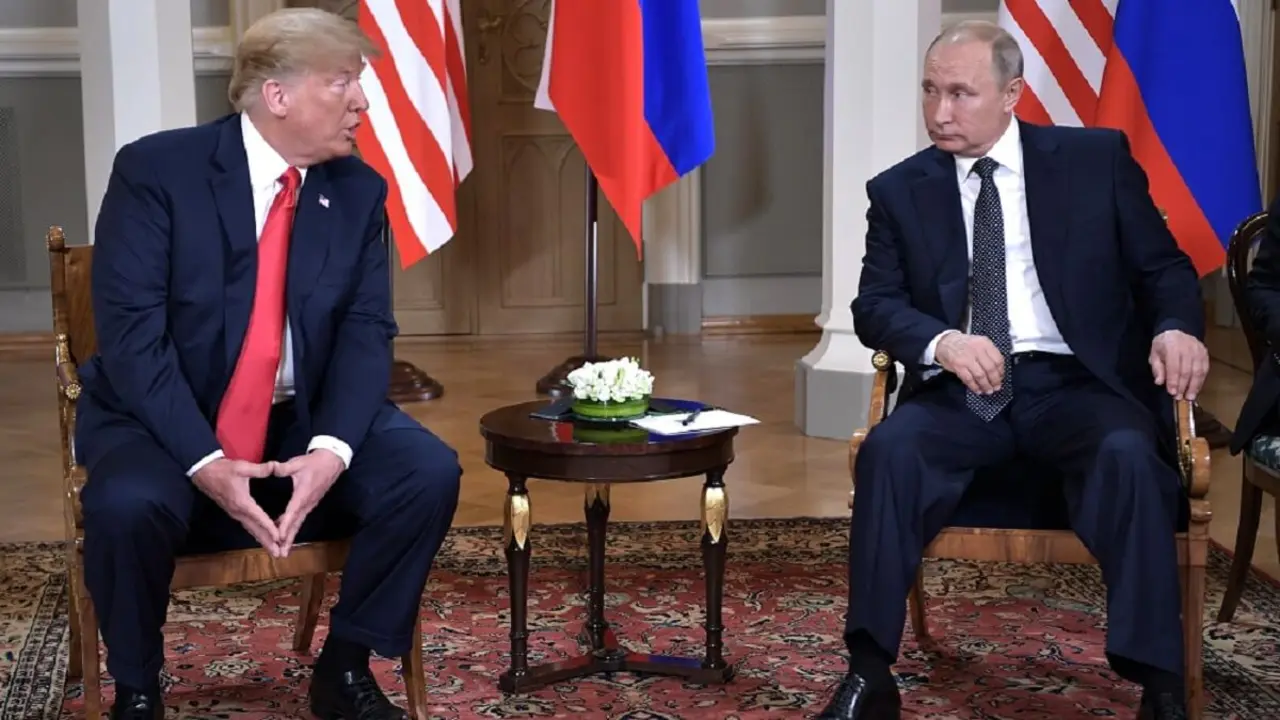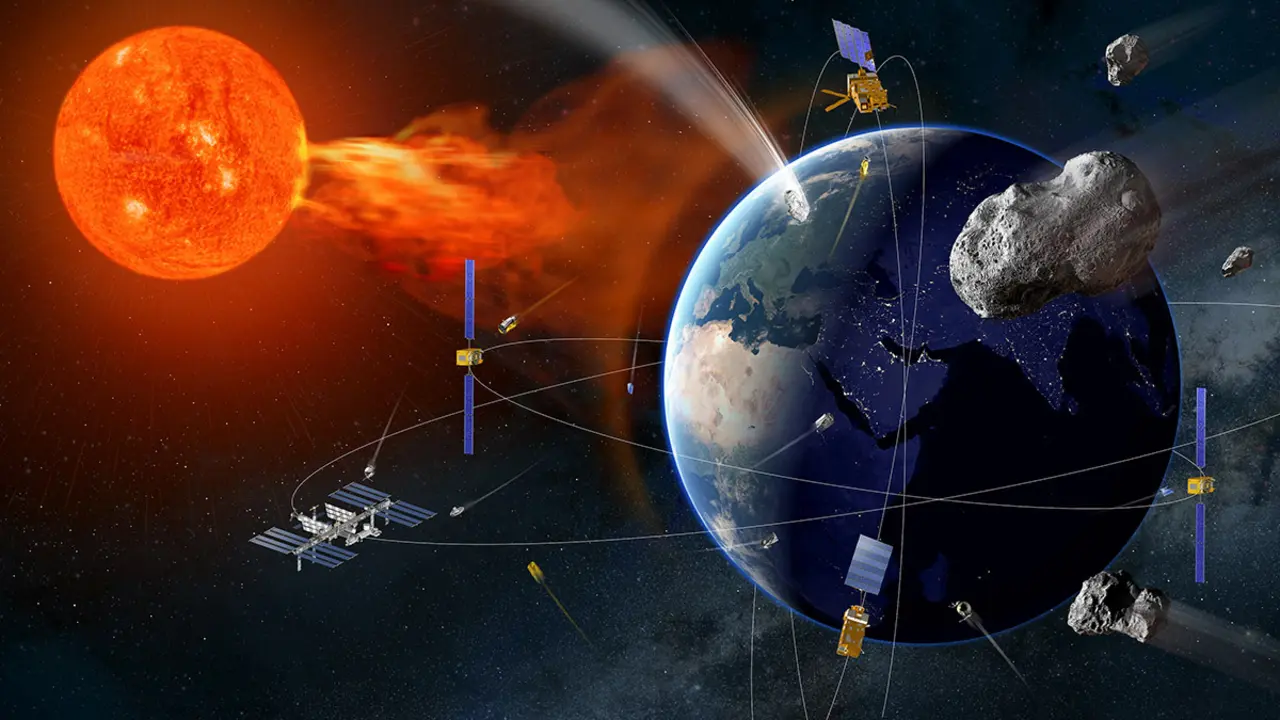The MQ-9 Reaper UAV will be enhanced with artificial intelligence

The American company General Atomics Aeronautical Systems has won a contract worth nearly $100 million to develop and improve the artificial intelligence of unmanned aerial vehicles (UAVs). The contract is funded by the US Department of Defense, in particular the Joint Artificial Intelligence Center (JAIC). With this investment, the United States is seeking to improve the capabilities of UAVs through the autonomous detection of elements. Improving reconnaissance capability through artificial intelligence will increase the performance and capabilities of these unmanned aerial vehicles in all the military operations in which they can participate: from reconnaissance and intelligence to attack.

General Atomics chose its renowned MQ-9 Reaper for the development of this new technology because, in the words of the company's Vice President of Business Strategy, John Reid, "this model is equipped with the Digital Protection Assistance System and Lynx artificial aperture radar". This will be just one of the many capabilities offered by this enormous UAV model - it is 11 metres long - which has been in the US armed forces since 2007, following the success of its predecessor, the MQ-1.
The capacities offered by this model have enabled it to be exported to countries such as France, Italy, the United Kingdom and the Netherlands. Spain has also acquired four machines for a total of 158 million dollars, following the decision taken in 2015 in which the Israeli Heron TP model was also evaluated. The first of these drones was delivered in December 2019, and has been tested in recent months by the air force. Despite the fact that this drone can be armed, Spain does not envisage providing it with this attack capability, as the United States or neighbouring France are doing with those deployed in the Sahel as part of Operation Barkhane. Spain does not yet have all four models, because it continues to receive - the last one was produced a few days ago - equipment for this device, which consists not only of the UAV itself, but also of its tele-utilisation stations.

In addition to its export to European countries and NATO members, the recent approval of the sale of the MQ-9 Reaper to the United Arab Emirates is significant. Following the Abraham agreements which normalised relations between the Gulf country and Israel, a massive purchase of military equipment was announced. In addition to the 50 or so F-35s worth $10 billion, the UAE has requested the purchase of 18 MQ-9s worth an additional $3 billion. In addition to the drones, the elements necessary for their armament, air-to-air and air-to-ground missiles, including Hellfire, would be purchased for an additional $10 billion.

It is also important to note that Morocco exploits the younger brother of this MQ-9 Reaper, the aforementioned MQ-1 Predator. Although the capabilities of the current model are far superior, Morocco, with the help of the United States, keeps its four aircraft very up to date.








